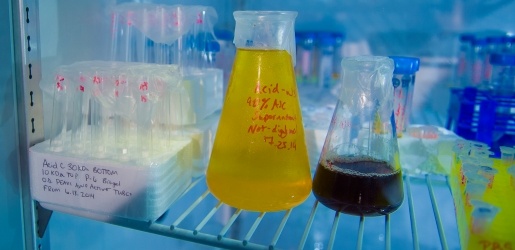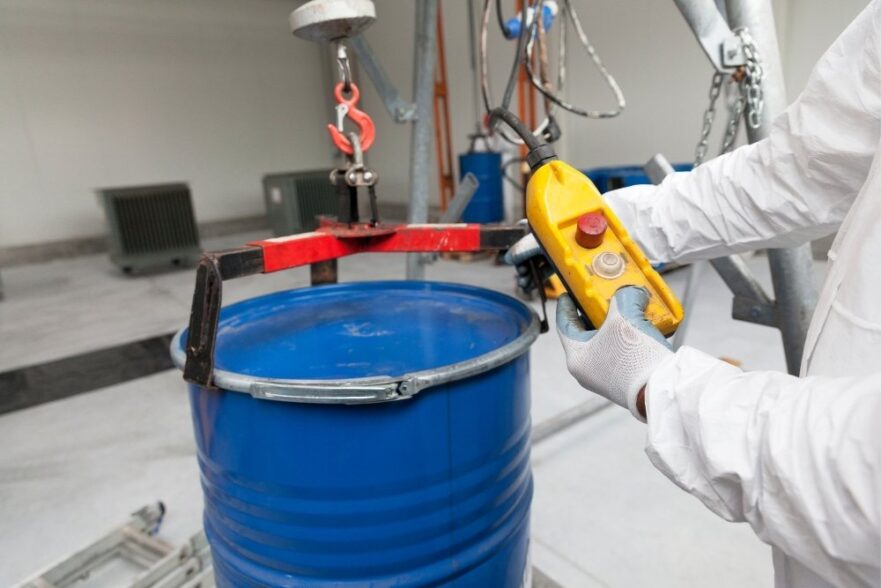Trustworthy Liquid Waste Disposal Melbourne: Safe and Efficient Providers
Trustworthy Liquid Waste Disposal Melbourne: Safe and Efficient Providers
Blog Article
Exactly How Fluid Waste Disposal Works: A Thorough Summary of Methods and Technologies Used

Overview of Fluid Waste Kind
The intricacy of liquid waste kinds requires a complete understanding of their attributes and effects for disposal. Fluid waste can generally be classified right into numerous types, consisting of commercial, metropolitan, farming, and contaminated materials. Each category exhibits unique residential or commercial properties, calling for certain management methods to mitigate environmental and wellness threats.
Industrial fluid waste stems from manufacturing processes and commonly includes a variety of pollutants, such as heavy steels, solvents, and natural substances. Local fluid waste, mostly consisting of wastewater from households and industrial establishments, contains organic matter, nutrients, and pathogens (industrial wastewater treatment). Agricultural liquid waste, consisting of overflow from farms, may contain plant foods, pesticides, and pet waste, posing risks to water quality and communities
Dangerous liquid waste is identified by its poisoning, sensitivity, or potential to cause injury. Comprehending these diverse liquid waste types is crucial for developing reliable disposal approaches and guaranteeing conformity with environmental guidelines.
Physical Treatment Techniques

Screening is the first action, where larger particles and debris are removed from the fluid waste using displays or grates. This procedure secures downstream tools from damage and guarantees smoother operation. Adhering to screening, sedimentation utilizes gravitational pressure to different solids from liquids. In sedimentation tanks, much heavier fragments resolve near the bottom, developing a sludge layer, while the made clear fluid can be additional treated.
Filtering is one more essential approach that includes passing the fluid via porous products, such as sand or membrane layers, to capture smaller particles. This action enhances the quality of the fluid, making it ideal for subsequent therapy procedures.

Chemical Treatment Strategies
Chemical therapy techniques are important for properly taking care of fluid waste, especially in attending to liquified and colloidal impurities that physical approaches may not adequately remove. These methods make use of various chemical representatives to counteract, precipitate, or transform dangerous substances into much less unsafe kinds.
One typical approach is coagulation and flocculation, where chemicals such as alum or ferric chloride are contributed to advertise the aggregation of suspended fragments. This procedure boosts sedimentation, enabling less complicated removal of the resulting sludge. In addition, oxidation procedures, employing agents like chlorine or ozone, are employed to break down intricate organic substances and microorganisms, making the waste safer for discharge or more treatment.
Neutralization is another crucial method, which readjusts the pH of acidic or alkaline waste streams to neutral levels, avoiding prospective injury to downstream systems and the atmosphere. Moreover, progressed oxidation procedures (AOPs) use combinations of oxidants and ultraviolet light to weaken relentless pollutants, attaining a higher degree of treatment performance.
Biological Therapy Processes
Organic therapy processes play a critical role in the administration of liquid waste by using microorganisms to disintegrate raw material and minimize impurity levels. These processes can be broadly categorized into anaerobic and cardio treatments, each employing specific microbial areas to attain efficient waste destruction.
Aerobic treatment involves the use of oxygen to promote the failure of organic products by germs. This procedure is frequently implemented in activated sludge systems, where aeration containers give a helpful setting for microbial development, leading to the oxidation of organic contaminants. The resultant biomass can be divided from treated effluent through sedimentation.
In comparison, anaerobic treatment occurs in the lack of oxygen, depending on different bacteria to damage down raw material. This technique is specifically useful for high-strength waste, as it produces biogas, a renewable resource source, while minimizing sludge production. Technologies such as anaerobic digesters are regularly used in industrial and municipal applications.
Both aerobic and anaerobic biological therapies not only minimize the environmental influence of liquid waste yet likewise help with resource recuperation, making them vital parts of sustainable waste management strategies. Their efficiency, performance, and adaptability sustain their extensive execution throughout various fields.
Emerging Technologies in Disposal
Cutting-edge strategies to liquid waste disposal are rapidly advancing, driven by improvements in technology and an enhancing focus on sustainability. Amongst these emerging modern technologies, membrane bioreactors (MBRs) have actually gained grip for their ability to incorporate organic therapy with membrane purification, leading to top quality effluent that can be reused in numerous applications. MBRs allow smaller sized footprints and more efficient operations contrasted to traditional systems.
An additional encouraging growth is the use of anaerobic food digestion integrated with nutrient recuperation technologies, which not only deals with liquid waste but also produces biogas and recuperates useful nutrients like nitrogen and phosphorus. This dual benefit enhances resource performance and decreases environmental effect.
In addition, advanced oxidation procedures (AOPs) are being adopted for the degradation of complex natural contaminants. These methods utilize powerful liquid waste removal melbourne oxidants and catalysts to break down pollutants at the molecular level, providing an extremely effective solution for difficult waste streams.
In addition, the integration of expert system and device knowing in waste monitoring systems is enhancing operational efficiency and anticipating maintenance, leading to reduced prices and boosted environmental conformity. These innovations show a significant change in the direction of even more efficient and lasting liquid garbage disposal practices.
Final Thought
In verdict, efficient liquid waste disposal necessitates an extensive understanding of various techniques and modern technologies. By constantly advancing these approaches, it becomes possible to resolve the expanding difficulties connected with fluid waste, eventually contributing to ecological defense and source recuperation.
Liquid waste disposal is an important element of environmental management, calling for an extensive understanding of numerous methods and technologies customized to different waste kinds. Liquid waste can generally be categorized right into a number of types, consisting of industrial, local, farming, and dangerous waste. Agricultural fluid waste, consisting of overflow from ranches, may have fertilizers, chemicals, and animal waste, positioning dangers to water top quality and ecological communities.
Different physical treatment approaches play an essential role in managing fluid waste successfully - industrial wastewater treatment.In conclusion, efficient liquid waste disposal demands a comprehensive understanding of numerous methods and innovations
Report this page